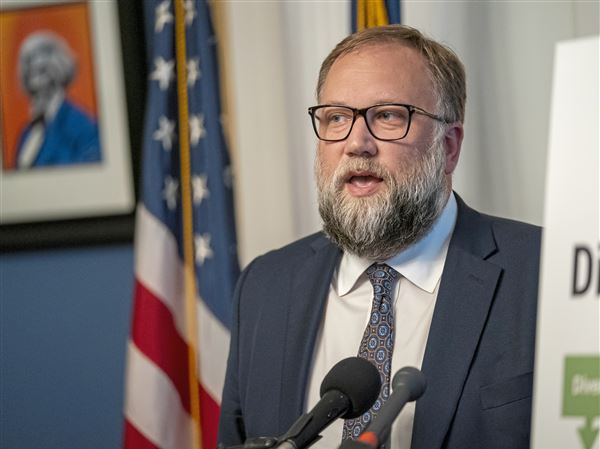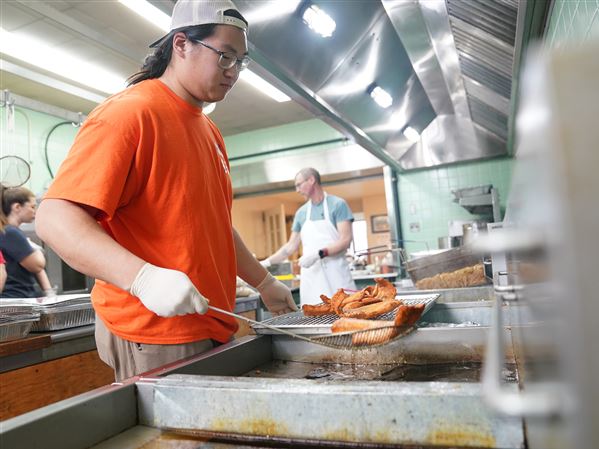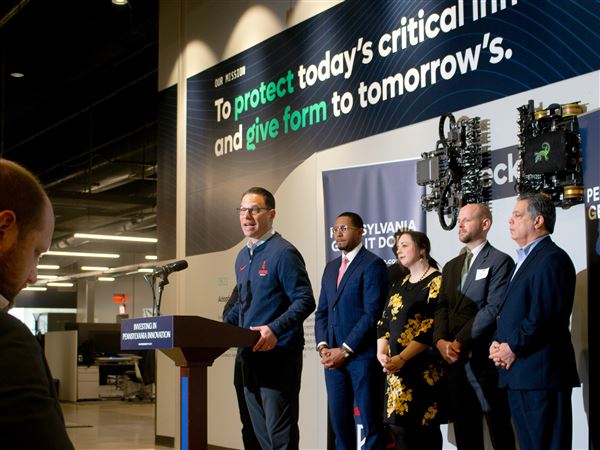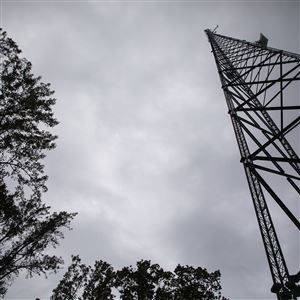As schools in the region shut down a year ago with the arrival of the COVID-19 pandemic, Stephanie A. Keebler worried about how teachers would reach students with lessons.
Ms. Keebler, superintendent of the Titusville Area School District in Crawford County, polled families and found that a quarter of the district’s 2,100 students did not have reliable internet access in an educational system covering 200 square miles. Worse, broadband access was unavailable for students at two of the district’s elementary schools.
“When you look at internet access for education, health care, and, frankly, for everyday use, it becomes a basic skill you should have access to,” she said. “We have families who absolutely can afford it and can’t get it. There’s just not service.”
Last year’s lockdowns added urgency to expand broadband access in rural Pennsylvania, including Titusville, about 100 miles north of Pittsburgh. President Joe Biden’s $100 billion proposal to connect every American to the internet over the next eight years could speed up those plans while creating new sources of funding.
“We recognize the economic and social issues around broadband access,” said Zachary Norwood, planning director at the Crawford County Planning Commission, which has been leading the broadband expansion effort. “The pandemic sort of kicked it into high gear.”
School and business closures related to the pandemic spotlighted the digital divide that marks much of rural Pennsylvania, where internet speeds are often slow when the service is available at all. Portable hot spots have been used by school districts and others to create access in remote areas, but with mixed results.
“The pandemic really shined a light on the whole problem,” said Zachery Lee, regional planner at the Altoona-based Southern Alleghenies Planning and Development Commission, which is trying to bring broadband access to six rural Central Pennsylvania counties.
In September, the commission created the nonprofit Alleghenies Broadband Inc. to drive the effort while extending service to about 4,000 residents in parts of Somerset and Huntingdon counties while seeking grant funding to expand online access in Bedford County.
Like Southern Alleghenies, Crawford County’s plans began well before Mr. Biden was elected. By June, the Crawford County Planning Commission is expected to have a draft plan for expanding internet access to the county commissioners for review. If adopted, a public-private partnership would extend service to more than 9,700 households, or about 28.3% of the total homes in Crawford County.
Only about 75% of the county has access to the internet at the federally defined minimum speed, according to a Penn State University study. But the initiative would boost speedy access to 95% of the county, including 21 schools, three airports and nine volunteer fire departments.
Crawford County, which has joined in the effort with private internet service providers, schools and local businesses, would use fiber optic cable, transmission towers and wireless transmitters, sometimes placed atop silos and barns, to extend service. A final cost estimate is still being worked out, said Ron Mattocks, who owns a marketing company and chairs the planning commission’s broadband committee.
“Limited connectivity literally keeps you disconnected from what’s going on,” Mr. Maddocks said. “It puts people at a real disadvantage” and hurts businesses by making them less competitive.
Speedy internet can have a big impact on economic development, according to a study by the University of Tennessee, which looked at the financial impact of fiber broadband access on the city of Chattanooga. The study found that the city realized a $2.7 billion economic boost between 2011 and 2020 as the result of the installation.
“I shouldn’t be relegated to bad broadband because of my ZIP code,” said Gary Bolton, president and CEO of Fiber Broadband Association, a trade group based in Washington, D.C. “I think this is exactly what rural Pennsylvania is looking for.”
Mr. Biden’s vision for extending broadband service in the U.S., including to some 30 million people who live in areas with slow or no service, may be found in legislation introduced to Congress in March. It earmarks $80 billion for infrastructure; $1 billion in state grants to “close gaps in broadband adoption;” and $2 billion to enable students without internet at home to participate in remote learning.
Sen. Amy Klobuchar, D-Minn., and House Majority Whip James E. Clyburn, D-S.C., are sponsors of the Accessible, Affordable Internet for All Act.
If the bill becomes law — and it still faces an uphill battle in Congress — it could push the U.S. closer to universal internet access, according to Sasha Meinrath, who holds the Palmer Chair in Telecommunications at Penn State University.
“There’s still a lot to be disclosed before we’ll really know if this is a great plan or not,” Mr. Meinrath said. “But making the issue a priority is a great leap forward. It’s not going to get us there, but it’ll be a big shift forward in getting universal access.”
Kris B. Mamula: kmamula@post-gazette.com or 412-263-1699
First Published: April 12, 2021, 10:00 a.m.



















